Longitudinal connectivity
Introduction
Longitudinal connectivity refers to the connectivity in a river system that occurs in a headwater to mouth direction. This type of connectivity is essential for the movement of water, sediment, nutrients, and organisms within the river system. It is a key factor in river ecosystem health and function, and it is often disrupted by human activities such as dam construction and water extraction.

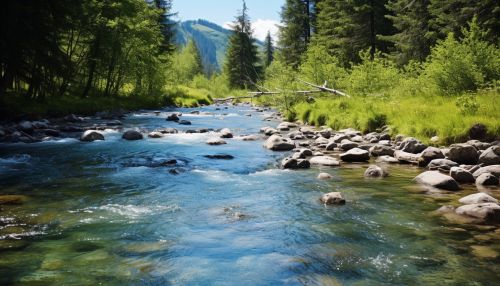
Understanding Longitudinal Connectivity
Longitudinal connectivity is a fundamental concept in river ecology and hydrology. It refers to the unimpeded movement of water, sediment, nutrients, and organisms along the length of a river or stream. This connectivity is crucial for the maintenance of riverine ecosystems and the life cycles of many aquatic species. For example, many fish species require longitudinal connectivity for their migratory patterns, moving upstream to spawn and downstream as juveniles.
Importance of Longitudinal Connectivity
The importance of longitudinal connectivity in river systems cannot be overstated. It facilitates the transport of materials and organisms, which in turn supports the biological productivity and diversity of the river ecosystem. For instance, the downstream transport of organic matter and nutrients supports primary production and food webs in downstream reaches and estuaries.
Longitudinal connectivity also plays a vital role in the life cycles of many aquatic organisms. Many fish species, such as salmon and eels, have life cycles that require movement both upstream and downstream at different stages. Disruptions to longitudinal connectivity can therefore have profound impacts on these species.
Factors Affecting Longitudinal Connectivity
Several factors can affect longitudinal connectivity in river systems. These include both natural factors, such as the physical characteristics of the river and its watershed, and human-induced factors, such as the construction of dams and weirs, water extraction, and land use changes.
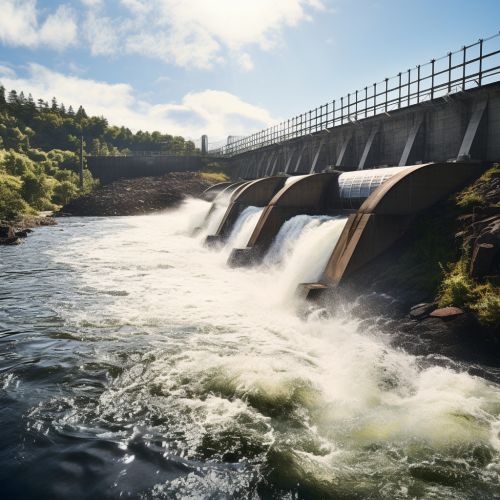
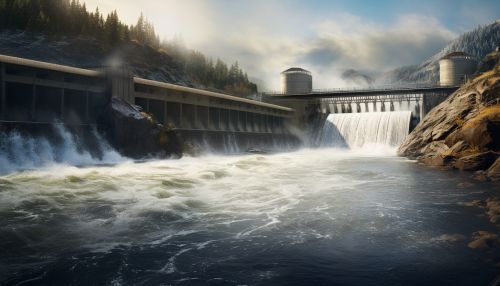
Natural Factors
Natural factors that affect longitudinal connectivity include the slope and shape of the river channel, the size and composition of the river's sediment load, and the variability of the river's flow. For example, steep, narrow channels with large sediment loads tend to have high longitudinal connectivity, as the fast-flowing water can easily transport sediment and organisms downstream. Conversely, wide, flat channels with small sediment loads tend to have lower longitudinal connectivity, as the slower water flow is less able to transport materials and organisms.
Human-Induced Factors
Human activities have a significant impact on longitudinal connectivity. The construction of dams and weirs is one of the most common and impactful human-induced disruptions to longitudinal connectivity. These structures create physical barriers that prevent the downstream movement of sediment and organisms, and they can also alter the flow regime of the river.
Water extraction for agriculture, industry, and domestic use can also disrupt longitudinal connectivity by reducing the volume of water available for transport. Similarly, land use changes, such as deforestation and urbanization, can affect longitudinal connectivity by altering the amount and type of sediment entering the river.
Impacts of Disrupted Longitudinal Connectivity
Disruptions to longitudinal connectivity can have significant impacts on river ecosystems. These impacts can include changes in sediment and nutrient transport, alterations to aquatic habitats, and declines in the populations of migratory species.
Changes in Sediment and Nutrient Transport
Dams and weirs can prevent the downstream transport of sediment, leading to sediment accumulation upstream of the barrier and sediment deprivation downstream. This can cause changes in river morphology, such as channel incision and bank erosion downstream of the barrier. Similarly, the disruption of nutrient transport can lead to nutrient accumulation upstream and nutrient deprivation downstream, which can affect primary production and food web dynamics.
Alterations to Aquatic Habitats
Disruptions to longitudinal connectivity can also alter aquatic habitats. For example, the impoundment of water behind dams can transform flowing river habitats into lake-like conditions, which can be unsuitable for many riverine species. Similarly, the reduction in water volume due to water extraction can lead to habitat loss and fragmentation.
Declines in Migratory Species
Perhaps the most visible impact of disrupted longitudinal connectivity is the decline in populations of migratory fish species. Many of these species require unimpeded access to upstream habitats for spawning. When this access is blocked by dams or other barriers, it can lead to significant declines in fish populations and even local extinctions.
Restoring Longitudinal Connectivity
Efforts to restore longitudinal connectivity in river systems typically focus on removing or mitigating the impacts of human-induced barriers. This can involve the removal of dams and weirs, the installation of fish passage structures, and changes in water management practices.
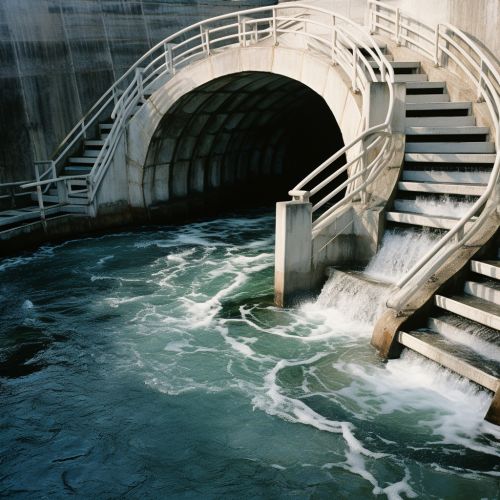
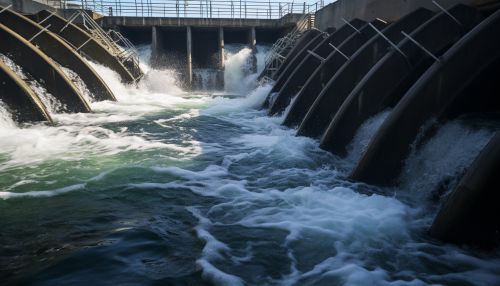
Dam and Weir Removal
The removal of dams and weirs is one of the most effective ways to restore longitudinal connectivity. This can allow for the natural movement of sediment and organisms, and it can help to restore natural flow regimes. However, dam removal can also have negative impacts, such as the release of accumulated sediment and contaminants, and these impacts need to be carefully managed.
Fish Passage Structures
For barriers that cannot be removed, fish passage structures, such as fish ladders and fish lifts, can be installed to allow fish to bypass the barrier. These structures can be effective at restoring connectivity for some species, but they are not always suitable for all species or life stages.
Changes in Water Management Practices
Changes in water management practices, such as reducing water extraction and improving land use practices, can also help to restore longitudinal connectivity. These changes can help to maintain adequate water volumes for transport and reduce the input of excess sediment and pollutants.
Conclusion
Longitudinal connectivity is a crucial aspect of river systems, supporting the transport of materials and organisms and the life cycles of many aquatic species. Human activities have significantly disrupted longitudinal connectivity in many rivers, with profound impacts on river ecosystems. However, through efforts such as dam removal, the installation of fish passage structures, and changes in water management practices, it is possible to restore longitudinal connectivity and support the health and function of river ecosystems.
